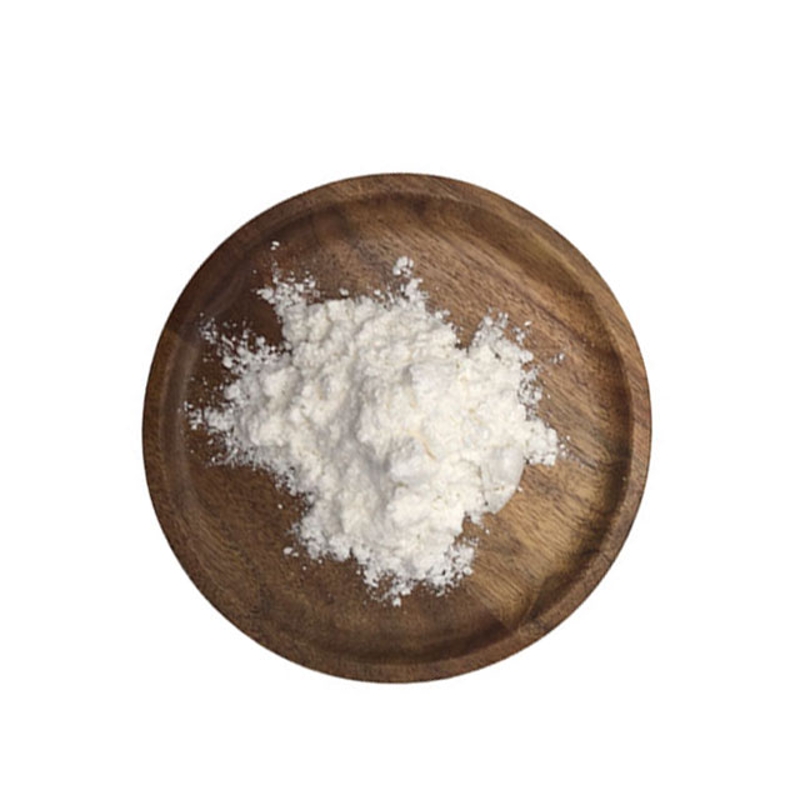-
Categories
-
Pharmaceutical Intermediates
-
Active Pharmaceutical Ingredients
-
Food Additives
- Industrial Coatings
- Agrochemicals
- Dyes and Pigments
- Surfactant
- Flavors and Fragrances
- Chemical Reagents
- Catalyst and Auxiliary
- Natural Products
- Inorganic Chemistry
-
Organic Chemistry
-
Biochemical Engineering
- Analytical Chemistry
- Cosmetic Ingredient
-
Pharmaceutical Intermediates
Promotion
ECHEMI Mall
Wholesale
Weekly Price
Exhibition
News
-
Trade Service
Mitochondrials play a key role in immune metabolic diseases and have their own genomes.
, however, the function of non-coding RNA located in mitochondrials is largely unknown due to the lack of a specific delivery system.
September 14, 2020, Sun Yat-sen University's Su Shicheng, Xu Xiaoding and Gao Zhiliang co-newsletter published online on Cell entitled "Targeting Mitochondria-Located CIRCRNA SALS NASH via Reducing mROS Output" "The study, which used cyclic RNA (circRNA) expression spectrometry in liver fibroblasts in patients with non-alcoholic fatty hepatitis (NASH), observed that mitochondrial circRNA accounted for a large portion of the reduction of circRNA in NASH fibroblasts.
by building nanoparticles that target mitochondrials, the study observed that the circRNA ATP5B regulator (SCAR) associated with fatty hepatitis in mitochondrials inhibited mitochondrial ROS (mROS) output and fibroblast biosis.
the PPC-1 alpha-mediated circRNA SCAR binds to ATP5B and shuts down mPTP by blocking the CypD-mPTP interaction.
lipid overload inhibits PPC-1 alpha through CHOP induced by endodernet (ER) stress.
, targeting circRNA SCAR reduces cirrhosis and insulin resistance caused by a high-fat diet.
clinically, circRNA SCAR is associated with the progression of fat degeneration to NASH.
, the study identified a mitochondrial circRNA that drives inflammatory processes and acts as a therapeutic target for NASH.
, on June 11, 2020, Sun Yat-sen University's Song Erwei and Su Shicheng co-published a research paper entitled "DNA of neutrophil extracellular traps promotes cancer metastasis via CCDC25" online.
NETs are rich in liver metastasis in breast and colon cancer patients, while serum NETs can predict liver metastasis in early breast cancer patients.
researchers identified the transmeral protein CCDC25 as a NET-DNA subject on cancer cells that senses extracellular DNA and then activates the ILK-beta-parvin pathway to enhance cell movement.
clinically, the expression of CCDC25 in primary cancer cells was shown to be related to the patient's prognostic difference.
overall, the study describes trans-membrane DNA subjects that mediat NET-dependent metastasis and suggests that targeting CCDC25 may be an attractive treatment strategy to prevent cancer metastasis (click to read).
On March 5, 2020, the Suzcheng team at Sun Yat-sen University published a research paper entitled "Complement Signals Determine Opposite Effects of B Cells in Chemotherapy-Induced Immunity" online, which found that the ICOSL-B cell substation appeared after chemotherapy by performing a single-cell dissection of B-cell heterogeneity in longitudinal samples of patients before and after new complementary chemotherapy for breast cancer.
used three mouse models with immune function, the study outlined subgroup switches that soak B cells in human tumors in chemotherapy.
the use of B-cell-specific missing mice showed that ICOSL in B-cells enhances anti-tumor immunity by increasing the ratio of effect cells to regulatory T-cells.
characteristics of ICOSL-B cells are marked by the complement CR2 signal, which is triggered by immunogenic cell death.
, the study determined that the supplement inhibitor protein CD55 determines the opposite effect of B cells in chemotherapy.
, the study showed that tumor therapy reshaped B-cells in tumors and revealed new roles in B-cell-dependent anti-tumor immunity.
, the study recommends CD55 as an attractive therapeutic target to enhance the efficacy of immunogenic chemotherapy (click to read).
immune metabolic diseases are one of the biggest public health challenges due to the global adoption of high-calorie diets and sedentary lifestyles.
is a hallmark of immuno-metabolic diseases, including non-alcoholic fatty hepatitis (NASH), diabetes and obesity.
NASH is a type of non-alcoholic fatty liver disease (NAFLD) that affects about 25% of the world's population and is closely related to other immuno metabolic diseases such as insulin resistance and hyperlipidemia.
, in order to address this important global health challenge, there is an urgent need to shed light on how metabolic disorders can turn into uncontrollable inflammation.
mitochondrials are not only bioenear plants, but also coordinate the dynamic connections of signal networks by releasing metabolic by-products.
these signaling molecules determine the fate of immune cells: mROS, for example, is necessary for optimal activation of T-cells, B-cells and macrophages.
fibroblasts are a major source of collagen and many cytokines.
although it is central to fibrosis and inflammation, it is still elusive how mitochondrial signals regulate their function.
closed cyclic RNA (circRNA) at the 5' and 3' ends is more resistant to nucleic acid exoceps than linear RNA.
circRNA works through a variety of mechanisms, including interacting with microRNA or proteins, regulating transcription and shearing, and translating into peptides.
mitochondria contain a matrilineal genetic 16.5kb ring genome encoded by 13 phosphate phosphate complex sub-base, 22 tRNAs and 2 rRNAs.
Although circRNA, which is specifically tweed by mitochondrial DNA, is largely unknown because mitochondrials are double-layered membranes, it is largely unknown that mitochondrials are located in the functional membranes of circRNA and the absence of mitochondrial-specific circRNA delivery systems.
article pattern map (pictured from Cell) The study used a circular RNA (circRNA) expression spectrum analysis of liver fibroblasts in patients with non-alcoholic fatty hepatitis (NASH), which observed that mitochondrial circRNA accounted for a large portion of the reduction of circRNA in NASH fibroblasts.
by building nanoparticles that target mitochondrials, the study observed that the circRNA ATP5B regulator (SCAR) associated with fatty hepatitis in mitochondrials inhibited mitochondrial ROS (mROS) output and fibroblast biosis.
the PPC-1 alpha-mediated circRNA SCAR binds to ATP5B and shuts down mPTP by blocking the CypD-mPTP interaction.
lipid overload inhibits PPC-1 alpha through CHOP induced by endodernet (ER) stress.
, targeting circRNA SCAR reduces cirrhosis and insulin resistance caused by a high-fat diet.
clinically, circRNA SCAR is associated with the progression of fat degeneration to NASH.
, the study identified a mitochondrial circRNA that drives inflammatory processes and acts as a therapeutic target for NASH.
.







